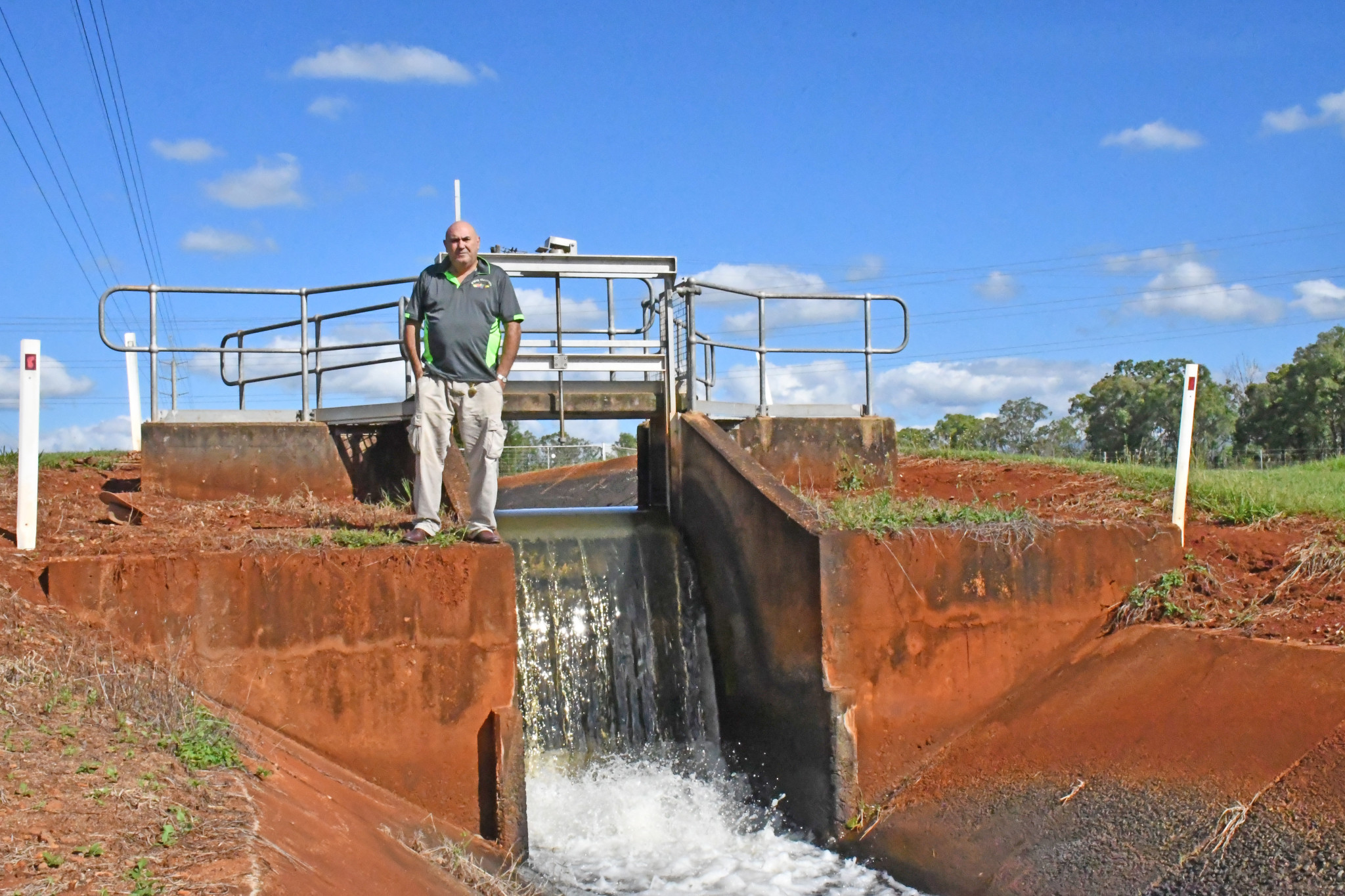General News
26 August, 2025
Farmers take on TRC over rates
A PEAK farming industry group is calling on Local Government Minister Ann Leahy to urgently review the way Tablelands Regional Council calculates its rates, saying an “increasingly vulnerable” agricultural sector is being unfairly penalised.

But TRC has hit back, asserting that its minimum general rate for primary production and large grazing is lower than 14 of 16 other comparable councils.
FNQ Growers president Joe Moro has expressed “deep concern” regarding the recent rate increases, “which disproportionately affect rural landholders, particularly primary producers, who constitute the principal industry within the region”.
TRC’s rate rises for this year were: Category A – Residential: 7.5%; Category B – Multi Units: 7.9%; Category M – Rural Lifestyle: 6.8%; Category F – Primary Production: 12.02%; and Category G – Large Grazing Properties: 18.39%.
“These disproportionate increases for agricultural categories are deeply troubling. They come at a time when primary producers are already grappling with escalating input costs, volatile markets, and mounting climate-related challenges,” Mr Moro said.
“The closure of the Bega peanut facility in Tolga, coupled with the ongoing struggles within the avocado and dairy sectors, and declining sugar prices, has left the agricultural sector increasingly vulnerable.
“This latest financial burden may prove unsustainable for many producers and could mark the final blow for numerous small businesses. Such impact would be detrimental to the economic viability of the TRC.”
Ratepayer and producer Lawrence Masasso said he was concerned about the methodology employed in the calculation of local government rates, which were presently determined based on land valuations rather than the actual productive use of the land or the financial capacity of agricultural enterprises.
“We were recently advised by the mayor of the TRC that the most recent rate increases were attributable to rising land valuations,” he said.
“This rationale appears inconsistent with statements made in 2024, when land valuations similarly increased but rate rises were applied uniformly across all landholders, regardless of valuation changes.
“Furthermore, these increases are in addition to a pattern of rate hikes that consistently exceed the Consumer Price Index. For instance, in 2022, rural rates rose by more than 20%, while residential ratepayers experienced an average increase of only $8, or less than 1%.
“It is deeply concerning that, during a period of significant economic strain, the TRC has chosen to increase the financial burden on the agricultural sector – a sector that forms the backbone of the regional economy.”
FNQ Growers is urging Minister Leahy to order an urgent review of TRC’s rating framework; consider the implementation of a rebate scheme or targeted support mechanisms for agricultural producers affected by disproportionate rate increases; and provide guidance or regulatory oversight to ensure local government rate structures are transparent, economically justifiable, and aligned with the unique challenges facing regional industries.
But TRC chief executive officer Dr Nikola Stepanov has defended the council’s rating decision and points to other councils including Mareeba and Cassowary Coast as having higher rates in the dollar for agricultural properties.
“In the 2025-26 rating year, for farmland valued at $500,000 (not house and land), TRC’s total annual general rate is $3,227.50 or $0.006455 rates in the dollar,” she said.
“In comparison, Mareeba levies 0.00959 rates in the dollar or $4,795.00, which is $1,567.50 or 49% more than TRC, and Cassowary Coast is higher again levying $9,249.16 or 187% more than TRC ($0.01849831 rates in the dollar).
“In some instances, the levied rate in cents per dollar were as much as four times higher in other local government areas, for example sugar cane, livestock and horticulture at Cassowary Coast.”
Dr Stepanov says the cents per dollar TRC applied across its different categories was also not proportionate.
“For example, in the 2024-25 rating year, residential land comprised 55.87% of land values but contributed 64.60% of general rates. In comparison agriculture land values comprised 37.35% of land values and contributed 24.44% of rates,” she said.
“In the 2025-26 rating year, residential land comprises 55.62% of land values but contributes 64.52% of general rates. In comparison agriculture land values comprised 37.87% of land values and contribute 24.90% of rates.”


